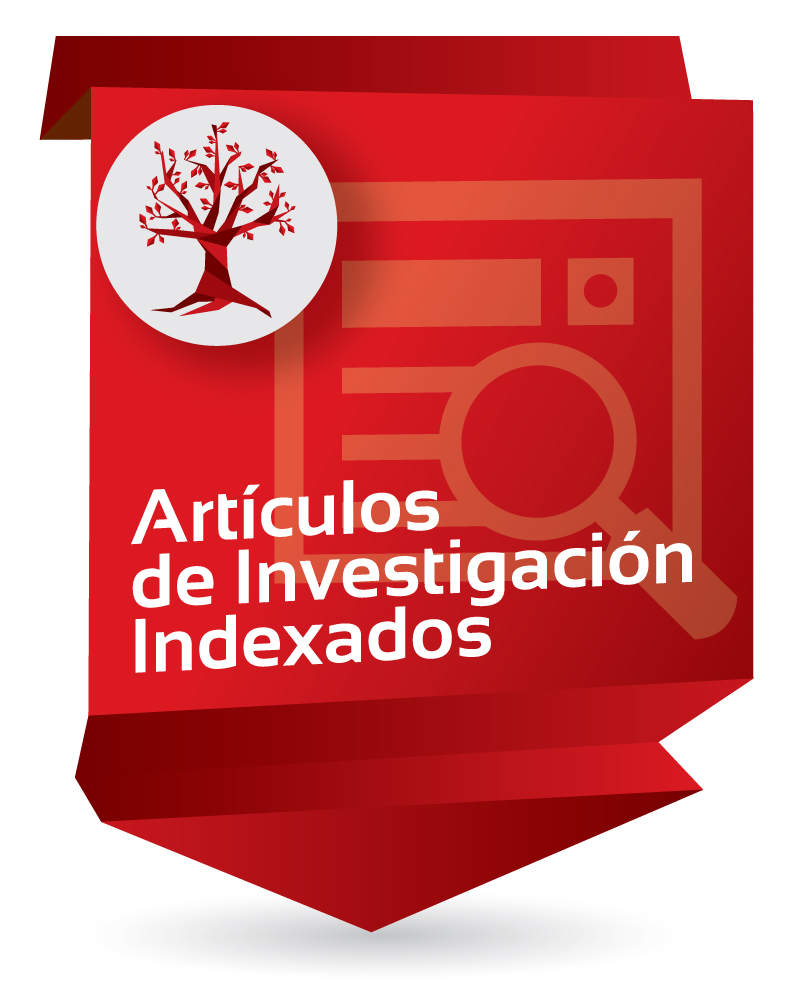Long Covid: a global health issue - a prospective, cohort study set in four continents

Enlaces del Item
URI: http://hdl.handle.net/10818/63283Visitar enlace: https://www.scopus.com/inward/ ...
DOI: 10.1136/bmjgh-2024-015245
Compartir
Estadísticas
Ver as estatísticas de usoCatalogación bibliográfica
Apresentar o registro completoAutor
Pazukhina E.; Garcia-Gallo E.; Reyes L.F.; Kildal A.B.; Jassat W.; Dryden M.; Holter J.C.; Chatterjee A.; Gomez K.; Søraas A.; Puntoni M.; Latronico N.; Bozza F.A.; Edelstein M.; Gonçalves B.P.; Kartsonaki C.; Kruglova O.; Gaião S.; Chow Y.P.; Doshi Y.; Duque Vallejo S.I.; Ibáñez-Prada E.D.; Fuentes Y.V.; Hastie C.; O'Hara M.E.; Balan V.; Menkir T.; Merson L.; Kelly S.; Citarella B.W.; Semple M.G.; Scott J.T.; Munblit D.; Sigfrid L.Data
2024Resumo
Introduction A proportion of people develop Long Covid after acute COVID-19, but with most studies concentrated in high-income countries (HICs), the global burden is largely unknown. Our study aims to characterise long-term COVID-19 sequelae in populations globally and compare the prevalence of reported symptoms in HICs and low-income and middle-income countries (LMICs). Methods A prospective, observational study in 17 countries in Africa, Asia, Europe and South America, including adults with confirmed COVID-19 assessed at 2 to <6 and 6 to <12 months post-hospital discharge. A standardised case report form developed by International Severe Acute Respiratory and emerging Infection Consortium's Global COVID-19 Follow-up working group evaluated the frequency of fever, persistent symptoms, breathlessness (MRC dyspnoea scale), fatigue and impact on daily activities. Results Of 11 860 participants (median age: 52 (IQR: 41-62) years; 52.1% females), 56.5% were from HICs and 43.5% were from LMICs. The proportion identified with Long Covid was significantly higher in HICs vs LMICs at both assessment time points (69.0% vs 45.3%, p<0.001; 69.7% vs 42.4%, p<0.001). Participants in HICs were more likely to report not feeling fully recovered (54.3% vs 18.0%, p<0.001; 56.8% vs 40.1%, p<0.001), fatigue (42.9% vs 27.9%, p<0.001; 41.6% vs 27.9%, p<0.001), new/persistent fever (19.6% vs 2.1%, p<0.001; 20.3% vs 2.0%, p<0.001) and have a higher prevalence of anxiety/depression and impact on usual activities compared with participants in LMICs at 2 to <6 and 6 to <12 months post-COVID-19 hospital discharge, respectively.
Ubicación
BMJ Global Health vol. 9 n. 10
Colecciones a las que pertenece
- Facultad de Medicina [1584]

















